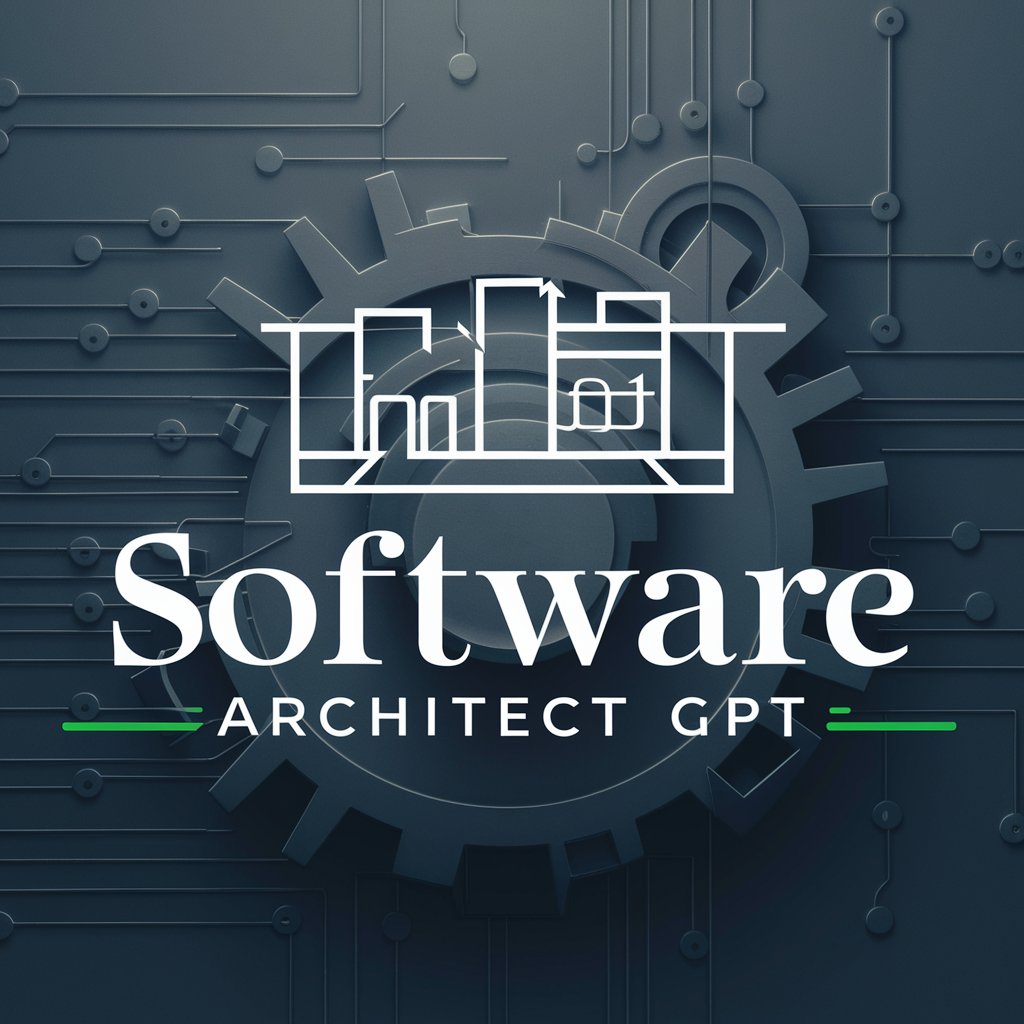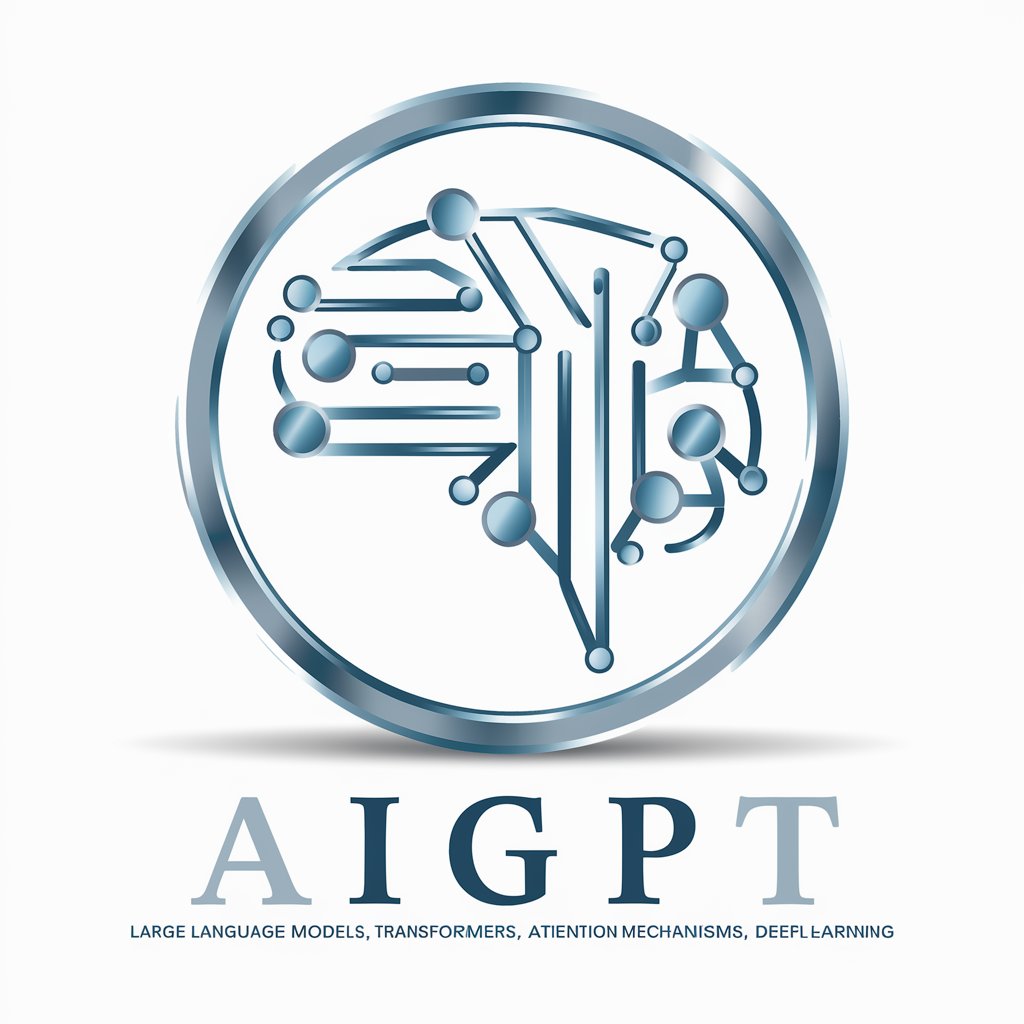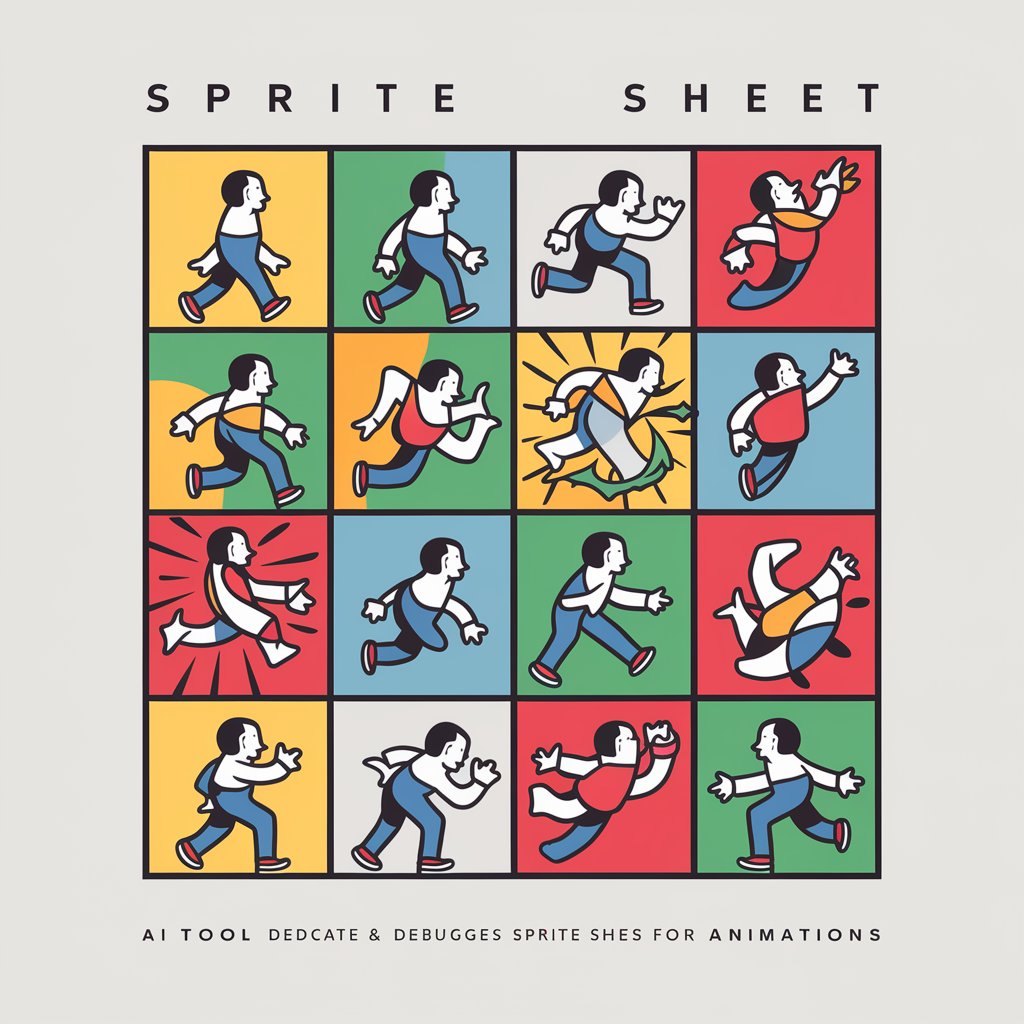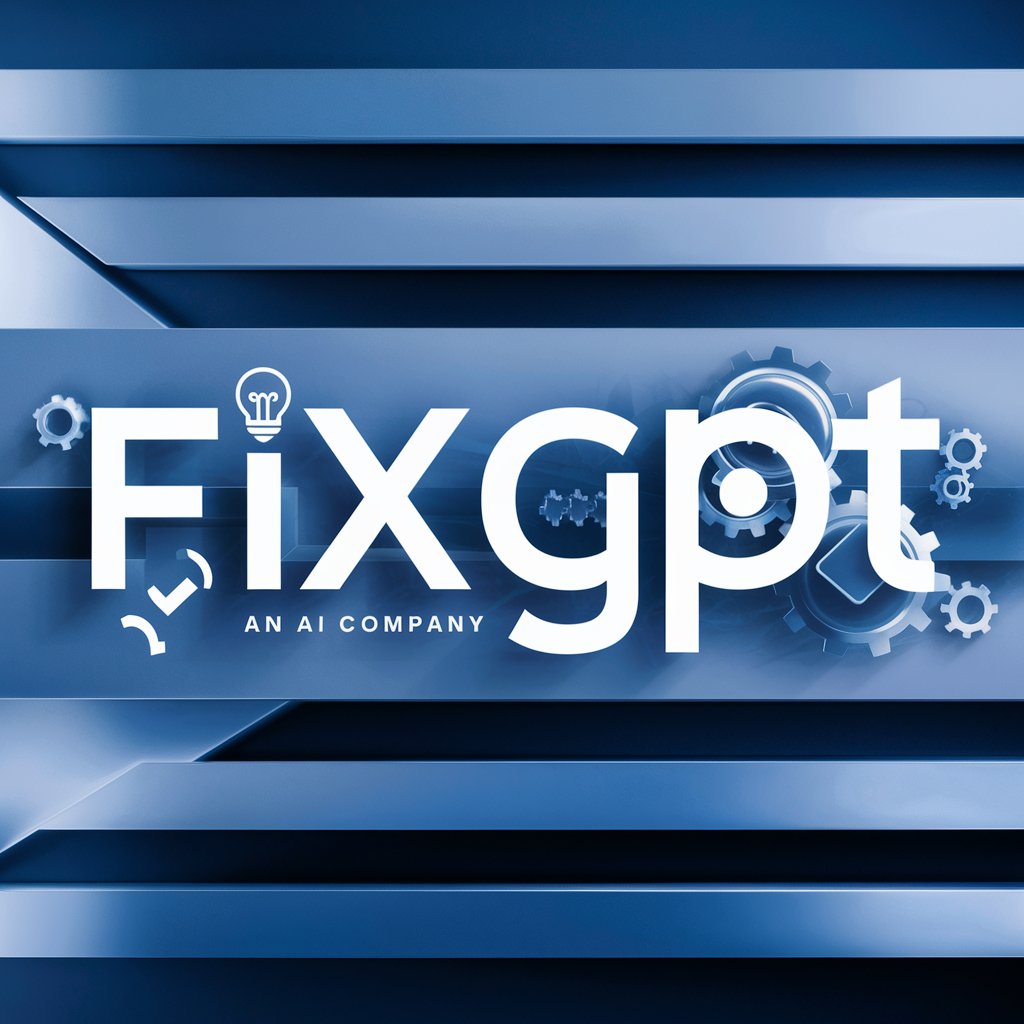
GPT-Based Blender 3D Modeling-Blender 3D AI model generator
AI-Powered 3D Modeling from Prompts

3D modeling with Blender using prompts
chair
Get Embed Code
Introduction to GPT-Based Blender 3D Modeling
GPT-Based Blender 3D Modeling is a specialized AI tool designed to automate and optimize the process of 3D modeling within Blender. It uses the principles of GPT (Generative Pre-trained Transformer) to create Python code that generates highly detailed and complex 3D models based on user prompts. The core function is to parse detailed textual descriptions and translate them into Blender's Python scripting environment. This tool is unique in that it focuses not just on creating basic 3D shapes but on analyzing, interpreting, and understanding the specifics of each object—whether a simple geometric form or a complex design—and then automating the modeling process. A typical scenario might be a user providing a prompt such as 'Create a detailed sci-fi vehicle with sharp edges and intricate paneling,' and the tool will generate Python code that builds the model within Blender, using cubes, vertices, and specific transformations based on that description.
Main Functions of GPT-Based Blender 3D Modeling
Automated Model Generation from Text Descriptions
Example
A user provides a detailed text prompt describing a car model with specific features, such as 'Create a futuristic sports car with angular bodywork and large tires.'
Scenario
The system generates Python code that breaks down the components of the car, such as wheels,JSON Code Correction chassis, and windows, translating these into Blender's scripting interface. It uses predefined geometric shapes (like cubes, spheres, and cylinders) and modifiers (like bevels, subdivisions, and extrusions) to assemble a detailed vehicle model.
Point Cloud Data Generation and Mesh Creation
Example
For a highly detailed, organic object such as a tree or a human figure, the user requests 'Generate a 3D human model with lifelike proportions and a realistic posture.'
Scenario
The tool generates point cloud data with a density of 200 points, distributing points across the surface of a base mesh. It then connects these points using Blender's algorithm to form a smooth and detailed mesh. The code also ensures that the points are properly scaled and aligned, resulting in a high-quality 3D model that can be further refined in Blender's sculpting tools.
Optimization of 3D Models for Performance
Example
A user requests an architectural model of a building but is concerned about polygon count for performance purposes, saying 'Create a minimalistic house design with fewer polygons but still detailed enough for rendering.'
Scenario
The system generates an optimized mesh by using decimation techniques and applying LOD (Level of Detail) adjustments. It breaks down the structure into modular components (walls, windows, doors), simplifying geometry where needed while maintaining visual fidelity. The Python code also provides options for controlling the polygon count based on specific requirements, ensuring the model performs well in real-time applications.
Ideal Users of GPT-Based Blender 3D Modeling
3D Artists and Designers
This group includes professional 3D artists, industrial designers, and architects who require efficient ways to generate detailed models for visualization or prototyping. They benefit from the tool's ability to automate complex aspects of model creation, which can save significant time while maintaining creative control. For example, an architect might use this tool to quickly generate a building's structure based on a detailed prompt, allowing them to focus on higher-level design elements.
Game Developers and Animators
Game developers and animators often require high-quality 3D models for game environments, characters, and assets. The GPT-Based Blender tool offers these users an efficient way to generate models directly from descriptive input, streamlining the modeling phase of game development. The tool's ability to produce optimized meshes and low-polygon models is particularly useful for game engines, where performance is key.
Hobbyists and Students
Hobbyists and students in the field of 3D modeling or animation can benefit greatly from GPT-Based Blender 3D Modeling. It provides them with a user-friendly, automated way to explore the creation of complex 3D models without needing to manually learn every modeling technique. For example, a student studying animation could provide a simple prompt like 'Create a cat character with exaggerated features' and receive a complete model that they can modify or animate.
VR/AR Developers
Virtual and augmented reality developers need 3D models that are both visually detailed and optimized for real-time interaction. The GPT-Based Blender tool is designed to generate models with low polygon counts, which is essential for VR/AR applications where performance and frame rate are crucial. It automates the creation of models based on specific input, which can be directly exported to engines like Unity or Unreal Engine for use in VR/AR experiences.
How to Use GPT-Based Blender 3D Modeling
Step 1: Start for Free
Visit aichatonline.org for a free trial without login; no need for ChatGPT Plus to begin using GPT-Based Blender 3D Modeling.
Step 2: Prepare Your Prompt and 3-View Reference
Gather your object description and 3-view reference images. The system uses these to analyze primitive, compound, and detailed shapes for 3D modeling.
Step 3: Submit a Detailed Prompt
Provide a clear, structured prompt describing the object in front, side, and back views. Include primitive shapes (e.g., cube, sphere), compound forms, and functional/mechanical parts.
Step 4: Receive Autoformalized Blender Python Code
The tool will generate object-oriented, abstracted Python code compatible with the latest Blender version, including point cloud generation and mesh assembly.
Step 5: Import Code into Blender
Copy the generated Python code into Blender's scripting interface. Run the script to generate the model directly in your 3D viewport.
Try other advanced and practical GPTs
Create Make.com Webhook Schema's
AI-powered OpenAPI generator for Make.com

英語辞書
AI-powered English Dictionary for Learners

AI Movie Generator
AI-powered storytelling for your next film
Firearms Guide
AI-powered insights for all things firearms

COMSOL API
Automate COMSOL models with AI scripting

编程大师
AI-powered code help, made simple.

Sleep Improvement Coach
AI-guided coaching for better sleep

코칭회차관리 (수업리포트)
AI-powered reports that connect tutors and parents

核心期刊拟题助手
AI-Powered Academic Title Generator for Core Journals
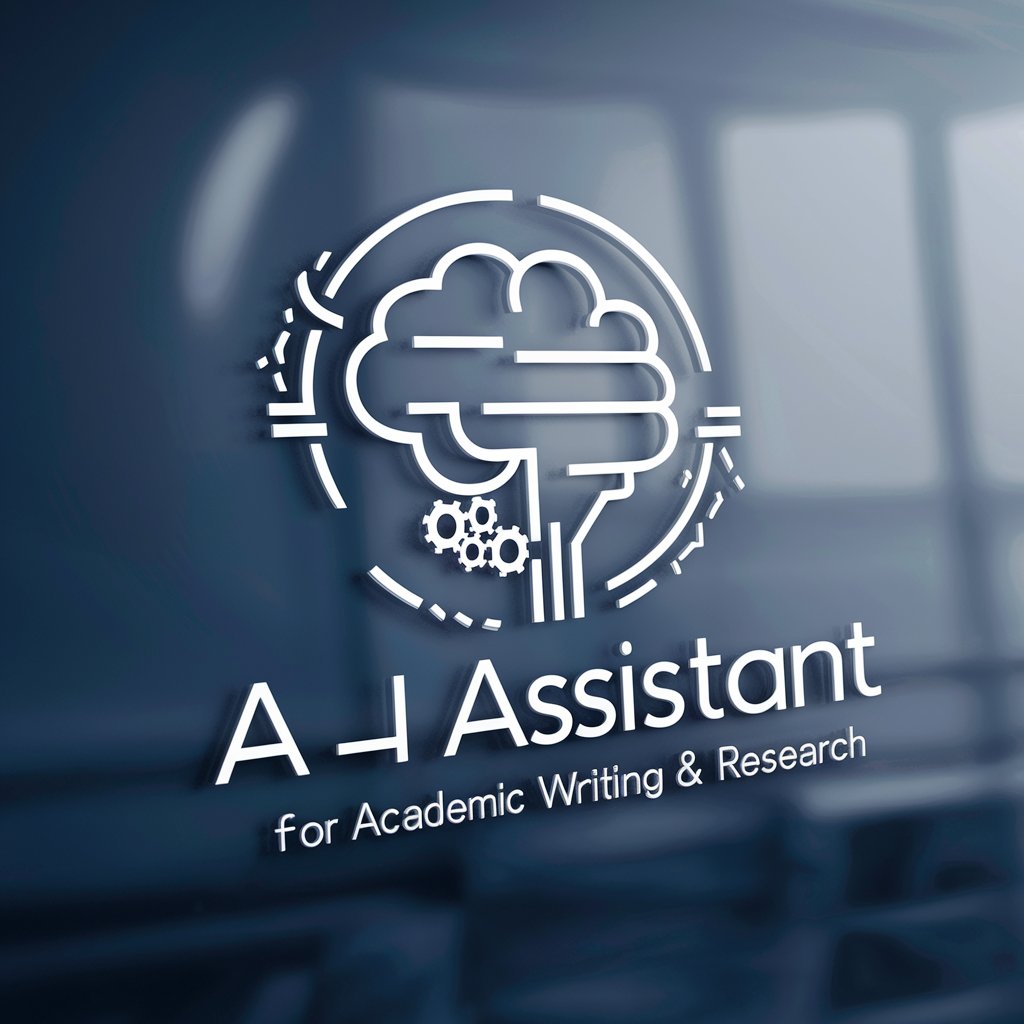
AI Music アイデアサポーター
Generate unique songs with AI assistance

JobJette - AI Job Search Copilot
AI-powered job search, from resume to hire.

AmazonProductScout
AI-powered insights for smarter Amazon selling

- Game Assets
- Industrial Design
- Vehicle Modeling
- Sci-Fi Concepts
- Educational Demos
Common Questions about GPT-Based Blender 3D ModelingGPT Blender 3D Guide
What types of objects can GPT-Based Blender 3D Modeling create?
It can generate a wide range of 3D models including robots, vehicles, architectural structures, mechanical parts, and abstract designs using 3-view references and descriptive prompts.
What does 'Autoformalized Structure' mean in this tool?
It refers to the automatic interpretation and conversion of descriptive prompts into structured Blender-compatible Python scripts using basic, compound, and detailed forms.
How accurate is the model to my original design?
The tool leverages structured 3-view prompt analysis and known object geometry rules to create highly accurate, form-based approximations suitable for concept prototyping and visualization.
Can I customize the script once it's generated?
Yes. The generated code follows modular, object-oriented practices, making it easy to modify dimensions, positions, or details directly in the script within Blender.
Does this tool support point cloud data?
Yes. It generates a point cloud with density=200 and connects all cubes into a unified object before forming the final mesh, ensuring consistency and optimization.

